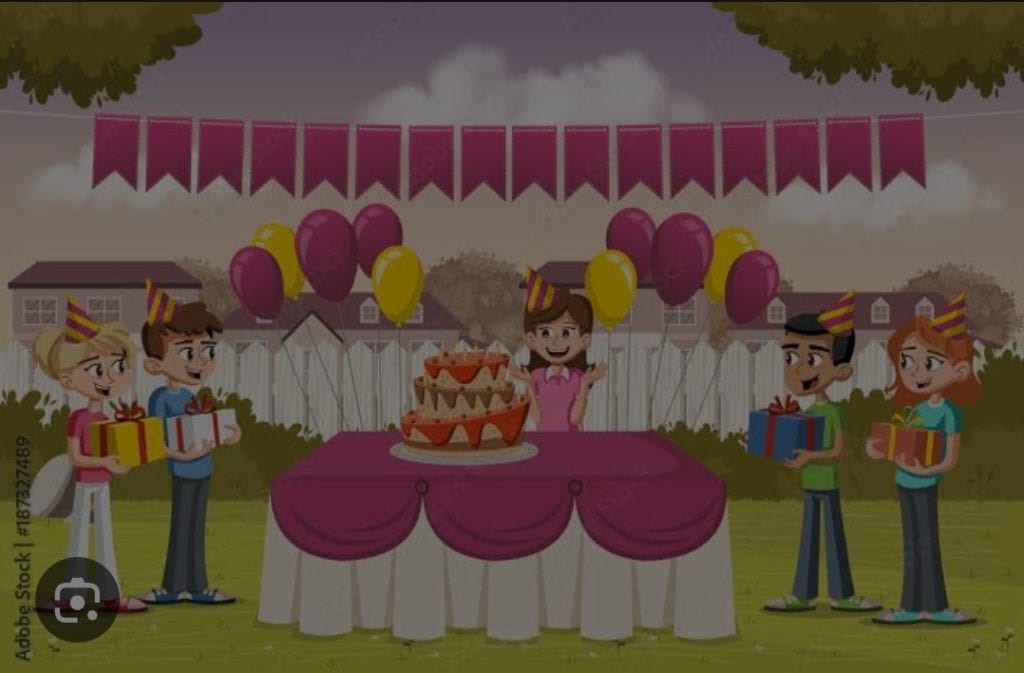
Ancient Origins
- Early Evidence:
- Archaeological findings indicate that indigenous peoples in the Americas, such as the Aztecs and Pueblo Indians, were popping corn as early as 5,600 years ago.
- In New Mexico, popcorn kernels dating back approximately 5,600 years were discovered in the Bat Cave.
- Fossil evidence in Peru shows that popcorn was present as early as 4700 BCE, with kernels found in burial grounds that were so well-preserved they could still pop after 1,000 years.
Cultural Significance
- Ceremonial Uses:
- For the Aztecs, popcorn was not just a food but also a ceremonial item, used in headdresses, necklaces, and decorations for statues of gods like Tlaloc, the deity of rain and fertility.
- The Aztecs even had a “popcorn dance” performed by young women adorned with popcorn garlands.
- The Iroquois also incorporated popcorn into their diets and rituals, and early French explorers documented their popcorn-popping practices in the Great Lakes region during the early 1600s.
Discovery and Spread
- European Introduction:
- European explorers first encountered popcorn in the 16th century and found it a curious and exotic snack.
- It quickly gained popularity across Europe as a novelty.
- Settlers in America adopted popcorn from Native Americans and incorporated it into their diets. By the colonial era, it was commonly eaten with milk and sugar as a breakfast cereal, similar to modern-day corn flakes.
19th Century Popularity
- Rise in Popularity:
- During the 19th century, popcorn became a staple at fairs, circuses, and outdoor events.
- Vendors sold it from pushcarts, making it a popular street snack.
- Charles Cretors invented the popcorn machine in 1885, revolutionizing its production and sale, making it easier to pop corn in large quantities and sell it freshly made.
Movie Theater Staple
- Association with Movies:
- Popcorn sales in movie theaters began during the Great Depression as a way to boost ticket sales.
- It was cheap to make and buy, making it an affordable treat during tough economic times.
- This association with the movie-going experience solidified popcorn’s place as a beloved snack in theaters.
Modern Convenience
- Home Consumption:
- The introduction of microwave popcorn in the 1940s made it easy to prepare at home.
- Microwave popcorn became a popular household snack, contributing to popcorn’s enduring popularity.
Health and Cultural Impact
- Health Benefits:
- Popcorn is a whole grain, naturally low in fat and calories, gluten-free, and non-GMO, making it a healthy snack choice.
- Its health benefits appeal to today’s health-conscious consumers.
- Enduring Appeal:
- Popcorn’s versatility and convenience have ensured its lasting popularity across different cultures and generations.
- It remains a symbol of fun and entertainment, especially associated with movie watching and festive occasions.
In summary, popcorn’s journey from an ancient grain used in sacred ceremonies to a modern-day snack enjoyed worldwide highlights its cultural significance and universal appeal. Its ease of preparation, affordability, and health benefits contribute to its enduring popularity.



